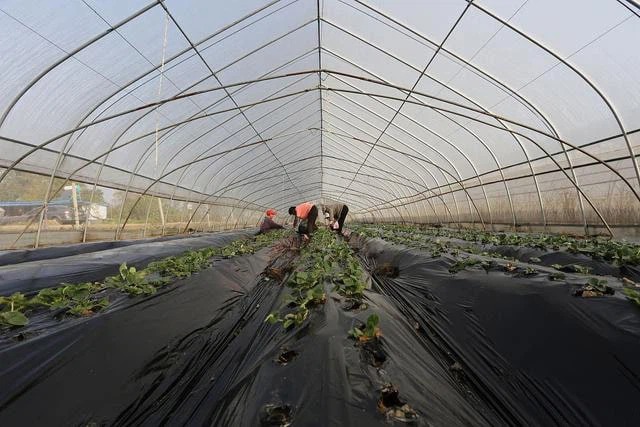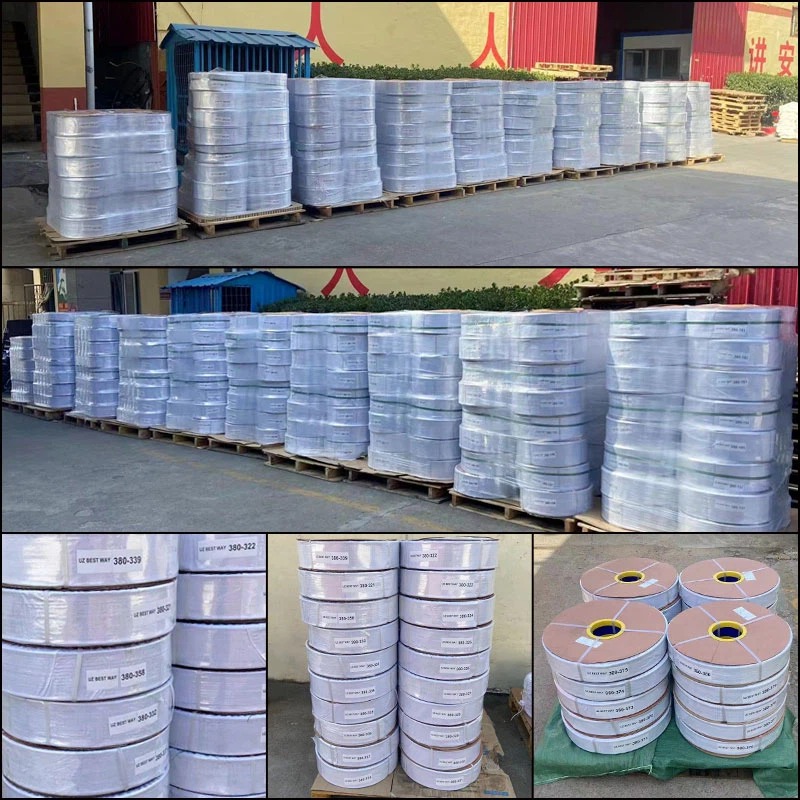What Is The Best Mulch Film
What Is The Best Mulch Film?
Literally, there's no single correct answer to this question. There are many types of mulch. Each of them may serve different purpose. Recently, various colors of agricultural mulch films have appeared on the market. Different mulch colors will produce different effects. Let's take a look at the respective effects of different colors of agricultural mulch films. Hope this will help farmers to choose the best mulch according to the crops they are planting.

Best Mulch By Color
1. Colorless and transparent mulch film is among the most commonly used ones. Its light transmittance is as high as 90%, and it also has a certain reflective effect. Suitable for cold regions. Mainly used for vegetables, melons, cotton and other crops.
2. The black mulch film has a light transmittance of only 10%, which can effectively inhibit the growth of weeds and can be used in plots with many weeds. Although black absorbs heat, it has poor heat transfer performance, and it is suitable for crops such as summer carrots, cabbage, spinach, and autumn cucumbers to inhibit soil temperature.
3. The transmittance of silver-gray mulch film is about 60%, which can reflect ultraviolet rays, increase the beauty of reflected light and color the fruit. Suitable for summer and autumn vegetables, melons and fruits, tobacco pest control and heat resistant cultivation.
4. The blue mulch film has good thermal insulation, the light transmittance is higher than that of ordinary film under weak light irradiation, and the light transmittance is inferior to that of ordinary film under strong light. Can be used for rice seedlings, strong seedlings. Suitable for vegetables, strawberries, peanuts, potatoes and other crops. Inhibiting the growth of black spot fungus of cruciferous vegetables has obvious effects of increasing yield and improving quality.
5. Red plastic film, red plastic film can stimulate crop growth to a greater extent, red plastic film transmits red light, and can block other light colors that are unfavorable to crop growth, red plastic film can meet the needs of rice, corn, and sugar beets for red light. It can increase the sugar content of beet, the rice seedlings are more vigorous, and the leek leaves are wide and thick, and the harvest period is advanced.
6. Green mulch film can enable plants to carry out vigorous photosynthesis, so that the increase of green light can inhibit the formation of weed green pigment, and obtain the result of inhibiting weed growth. effect. Green mulch is more expensive and has a short service life and needs to be used as appropriate.
7. One side of the black and white double-sided mulch is milky white and the other side is black. If the white is upward, it will have a reflective effect, and the black will have the effect of eliminating weeds. It is mainly used for heat-resistant planting of summer and autumn vegetables, melons and fruits, and has the functions of tax declaration, brightening, weed control and cooling.
8. In addition to the above colors, there are milky white, yellow and purple mulch films. The thermal radiation rate of white mulch film is about 85%, and the light transmittance is 40%. If the cucumber is covered with yellow film, it can promote flowering and achieve the purpose of increasing yield, covering dwarf lentils, the internodes of the plant grow, and the beans grow strong. The purple film can increase the yield of spinach, delay bolting, and prolong the market.




